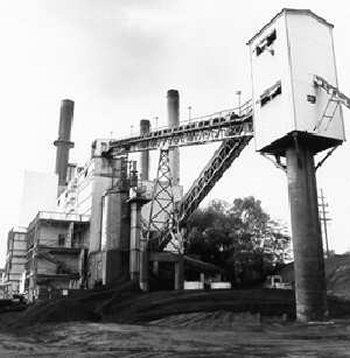In the face of disappointment with gas and rising oil prices, the US government is encouraging coal production. Much to the despair of environmentalists.

In Wyoming, 500 kilometers east of Yellowstone National Park, the changing global energy landscape is visible to the naked eye. Pulling 220 tons of rock with each shovel he gives with his bucket as large as a house, the excavator operator unearths a 25-meter seam of coal, testifying to the unexpected return to grace of one of the oldest and most polluting fuels used by humans. The Coal King is back, much to the chagrin of environmentalists.
Favorable to this development, the United States government estimates that the share of coal in world energy consumption will double by 2015 to reach 50%, under pressure, in particular, from developing countries, in particular China and India, who are also looking for a cheaper and more reliable source of energy than oil or gas. The White House's support for coal arouses great mistrust, in the United States and abroad.
Europeans fear that by encouraging coal-fired power stations it will destroy any hope of an international consensus on limiting carbon dioxide emissions. In the United States, opponents of George W. Bush believe that his enthusiasm reflects, at best, his desire to win the vote of minors in certain decisive states during the next elections. At worst, it results from the importance of the donations made by the coal industry to the Republicans. Whatever their motivations, politicians on both sides have an interest in coal for one very simple reason: geology.
While oil wells and hydroelectric dams symbolize America's energy wealth, it is often forgotten that they have more coal than any other country: the share of the world's coal held by Uncle Sam's country is higher than the proportion of planetary oil present in the soil of Saudi Arabia.
The energy potential of these reserves is five times that of Saudi crude and slightly higher than that of all oil resources in the Middle East.
The coal renaissance owes much to disappointments over America's old miracle fuel, natural gas. Throughout the 90s, low prices and the apparent abundance of gas in the United States prompted energy producers to abandon coal-fired power stations in favor of more profitable gas. But, when these new production units came into operation, gas production started to slow down, causing gas prices and imports to rise sharply.
Source: Financial Times, Dan Roberts

